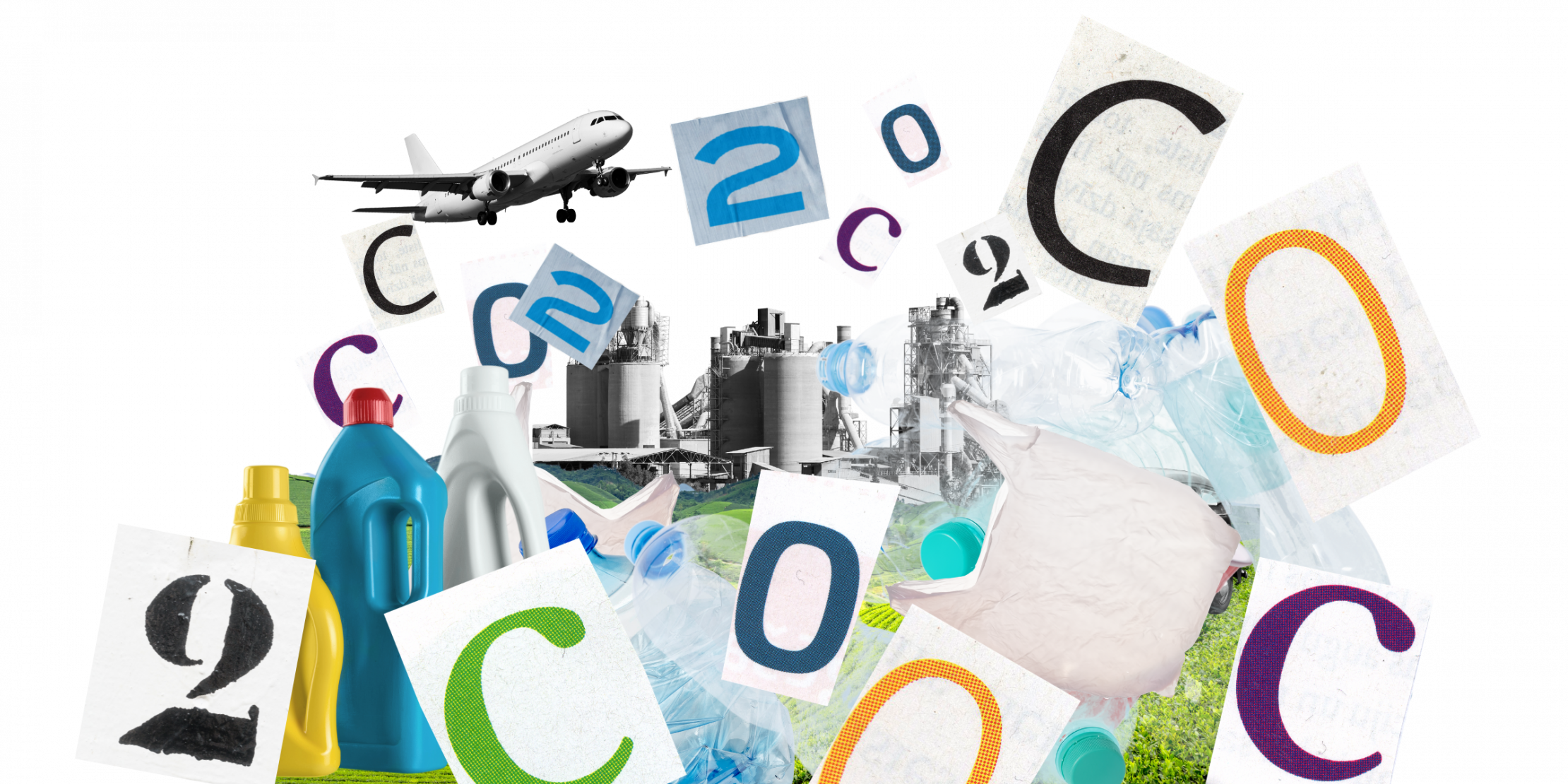
Climate change is the defining issue of our times. Every day, more and more people are getting involved in climate action.
Veterans in the field are already familiar with the many terms and concepts related to climate change. But if you are new to the discussion, it can be quite challenging to grasp everything at once.
That’s why we prepared this resource of climate change terms and concepts. If you’re struggling to keep up with the climate conversation, the Climate Dictionary is for you.
We invite you to read it, bookmark it, make use of it in your climate action work.
And we promise to update it regularly with new terms, so that we can push for collective climate action together.


A carbon footprint is a measure of the greenhouse gas emissions released into the atmosphere by a particular person, organization, product, or activity. A bigger carbon footprint means more emissions of carbon dioxide and methane, and therefore a bigger contribution to the climate crisis.
Measuring a person’s or an organization’s carbon footprint entails looking at both the direct emissions resulting from the burning of fossil fuels for energy production, heating, and land and air travel, and indirect emissions resulting from the production and disposal of all food, manufactured goods, and services they consume.
Carbon footprints can be reduced by shifting to low-carbon energy sources like wind and solar, improving energy efficiency, strengthening industry policies and regulations, changing purchasing and travel habits, and reducing meat consumption and food waste.

Reaching net zero requires us to ensure that carbon dioxide emissions from human activity are balanced by human efforts to remove carbon dioxide emissions (for example, by creating carbon sinks to absorb carbon dioxide) - thereby stopping further increases in the concentration of greenhouse gases in the atmosphere.
Transitioning to net zero requires a complete transformation of our energy, transportation, and production and consumption systems. This is necessary to avert the worst consequences of climate change.


A tipping point is a threshold after which certain changes caused by global warming and climate change become irreversible, even if future interventions are successful in driving down average global temperatures. These changes may lead to abrupt and dangerous impacts with very serious implications for the future of humanity and our planet.
As the world gets hotter, several tipping points are becoming very likely. One of them is the collapse of the Greenland and West Antarctic ice sheets, which would lead to significant sea level rise and threaten coastal communities and ecosystems. Another is the thawing of the permafrost in the tundra regions, which will release huge quantities of trapped greenhouse gases, further accelerating global warming and climate change. Mass coral bleaching events and the destruction of rainforests are two other major tipping points with immense implications for both biodiversity and human societies.